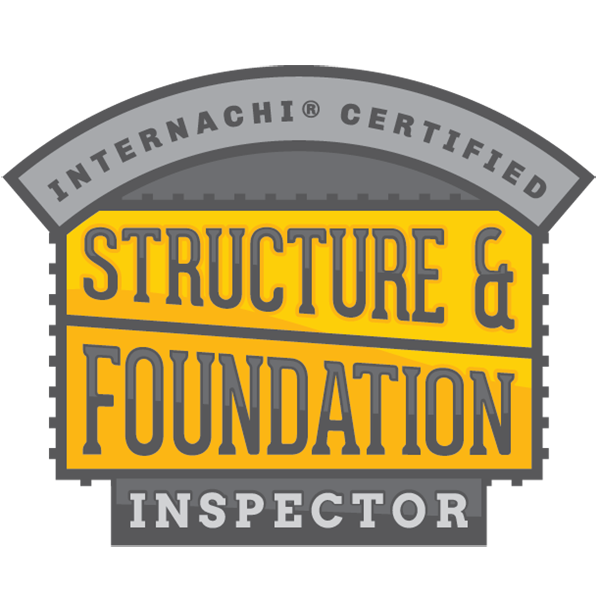When you are preparing to purchase a home for sale, you want to have your bases covered. Homebuyers often neglect to have the lateral sewer line inspected during the home inspection process. A general home inspection doesn’t go below the surface, so adding a sewer line inspection (also called a Sewer Scope) can reveal quite a lot more about the property. Of course, homebuyers are provided disclosures by the home seller that reveal all known defects. The problem is, the homeowner typically isn’t aware a problem exists within the sewer lines, so it’s in the homebuyer’s best interest to have these hidden defects revealed before that contract is signed, potentially saving you major repairs down the line.
🛑 10 Ways Sewer Lines Can Cause Problems
Disconnected Sewer Line (Even new construction!)
Pitted Sewer Line (Even new construction!)
Collapsed Sewer Line (Even new construction!)
Cracked Sewer Line (Even new construction!)
Post-Build Construction Damage
Tree Roots
Blockages Stemming from House Plumbing (Even new construction!)
Improper Installation (Even new construction!)
Normal Wear and Tear
Outdated Materials
⚠️ What You Need to Know About Sewer Line Inspections
Technically, a sewer scope is a tool. But sewer scope is also commonly known as the process of the camera-led inspection.
A sewer scope inspection is a camera-led scoping of the lateral sewer line only. The scope will begin at the house and navigate via a long cable line to the end of the lateral sewer line.
A sewer scope inspection does NOT include scoping of all of the plumbing throughout the home.
The lateral sewer line is the pipe that carries all the wastewater from the home to the main sewer line or septic tank. The lateral sewer line will end where the main sewer line begins or end at a septic tank. The lateral sewer line is owned by the homeowner, and the homeowner is responsible for the upkeep of this line.
The main sewer line is the pipe that carries all the wastewater from the lateral sewer line to the municipality. The city owns the main sewer line and it’s the municipality that is responsible for the maintenance of this line.
( Source: https://www.foreverhomeinspection.com/expect )




